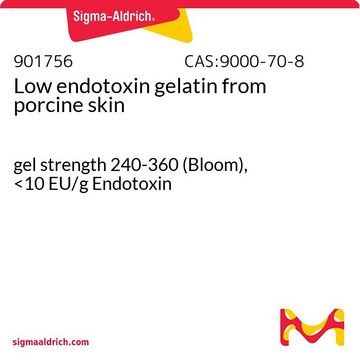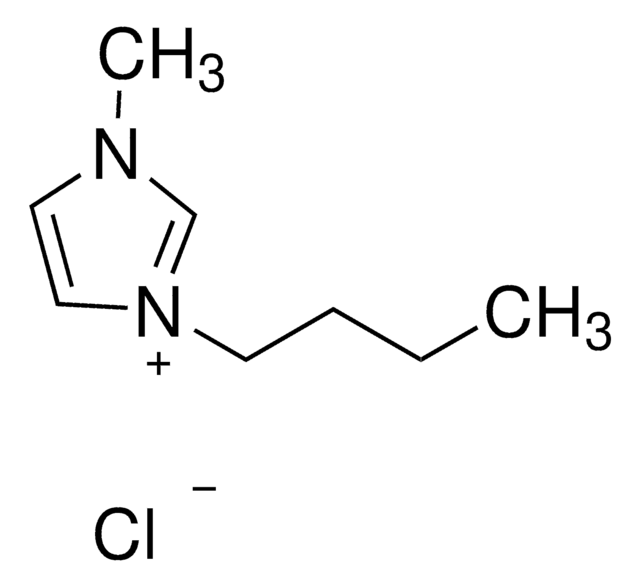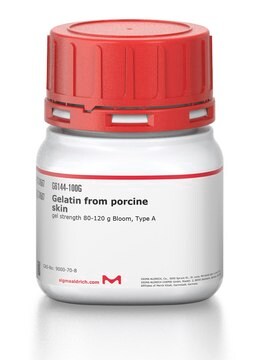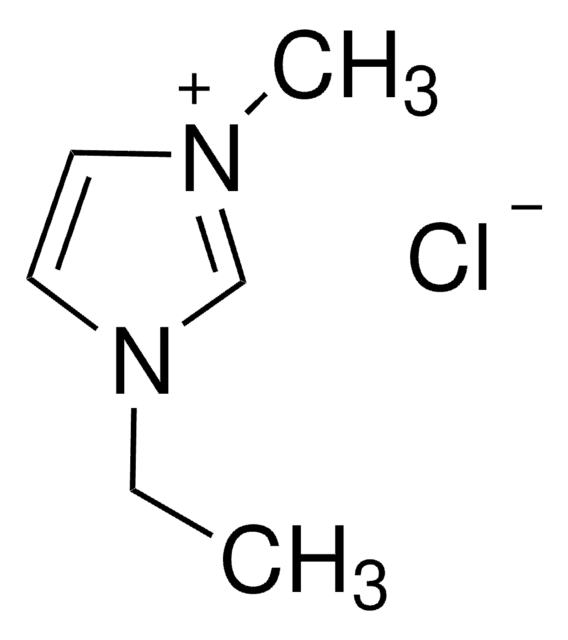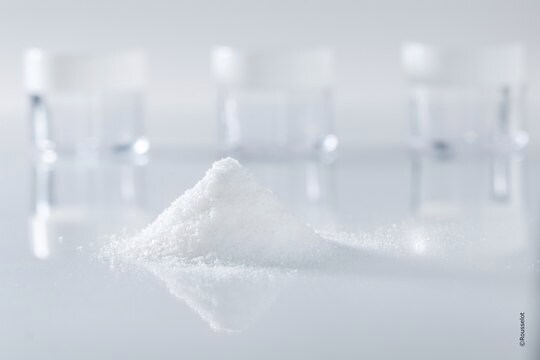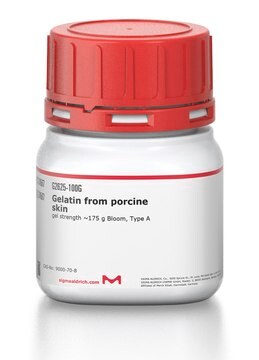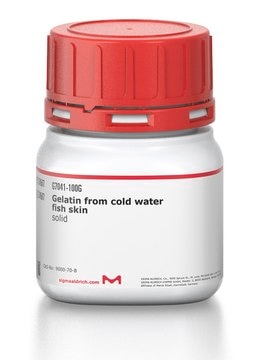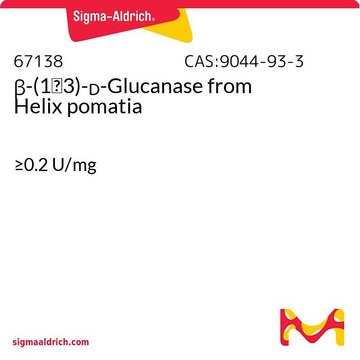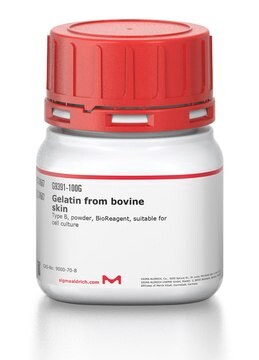901757
Low endotoxin gelatin from porcine skin
gel strength 100 (Bloom), <10 EU/g
Synonyme(s) :
beMatrix™ gelatin LS-W
About This Item
Produits recommandés
Forme
powder
Impuretés
<10 EU/g Endotoxin
<10 EU/g
<300 g Total viable aerobic count
Perte
<15% loss on drying
Couleur
white to pale yellow
pH
5.0-6.5
Viscosité
1.8-2.8 mPa.s
Résistance du gel
80-120 (bloom)
Traces d'anions
sulfite (SO32-): <1.5 mg/ 20 g
Traces de cations
As: <1 ppm
Hg: <0.1 ppm
heavy metals: <20 ppm
Température de stockage
2-8°C
Vous recherchez des produits similaires ? Visite Guide de comparaison des produits
Application
Informations légales
Code de la classe de stockage
11 - Combustible Solids
Classe de danger pour l'eau (WGK)
nwg
Point d'éclair (°F)
Not applicable
Point d'éclair (°C)
Not applicable
Certificats d'analyse (COA)
Recherchez un Certificats d'analyse (COA) en saisissant le numéro de lot du produit. Les numéros de lot figurent sur l'étiquette du produit après les mots "Lot" ou "Batch".
Déjà en possession de ce produit ?
Retrouvez la documentation relative aux produits que vous avez récemment achetés dans la Bibliothèque de documents.
Les clients ont également consulté
Articles
Professor Shrike Zhang (Harvard Medical School, USA) discusses advances in 3D-bioprinted tissue models for in vitro drug testing, reviews bioink selections, and provides application examples of 3D bioprinting in tissue model biofabrication.
Professor Shrike Zhang (Harvard Medical School, USA) discusses advances in 3D-bioprinted tissue models for in vitro drug testing, reviews bioink selections, and provides application examples of 3D bioprinting in tissue model biofabrication.
Protocoles
Frequently asked questions (FAQs) for KAPA SYBR® FAST One-Step qRT-PCR Kits.
Contenu apparenté
Tissue engineering fabricates tissues cultures from scaffolds, living cells, and biologically active molecules by simulating the microenvironment of the body to repair or replace damaged tissue.
L'ingénierie tissulaire permet de fabriquer des cultures de tissus à partir de supports, de cellules vivantes et de molécules biologiquement actives en simulant le microenvironnement de l'organisme pour réparer ou remplacer un tissu endommagé.
Notre équipe de scientifiques dispose d'une expérience dans tous les secteurs de la recherche, notamment en sciences de la vie, science des matériaux, synthèse chimique, chromatographie, analyse et dans de nombreux autres domaines..
Contacter notre Service technique